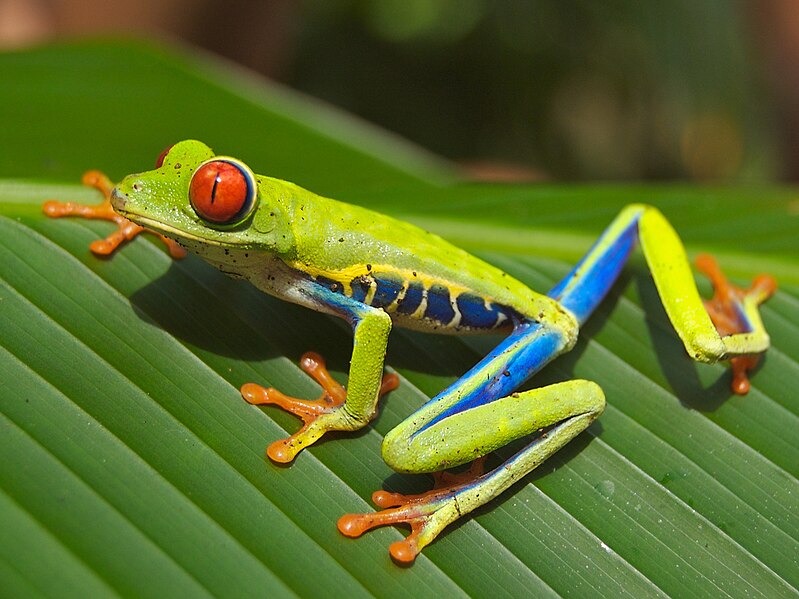Costa Rica has a larger surface maritime continent as
the oceanic area is 589,000 km ² approximately 92 that includes Isla del Coco
which is located about 480 km southwest of the Osa Peninsula in the Pacific
Ocean . This island was declared a Natural Heritage Site by UNESCO in 1997.
The country has over 1000 species of orchids, with
Monteverde (in the center of the country) the region with the highest density
of orchids in the world. In total, Costa Rica is home to more than 10,000
species of plants.
Wildlife abound as the puma, jaguar, deer, monkey,
coyote, armadillo, and several species of birds among which the quetzal, the
thrush and the hummingbird.
46.8% of the country's total land area is covered with
forests, approximately 25% of the territory is protected, however, the country
has one of the highest rates of deforestation in the region.
With only 0.03% of the global land surface, Costa Rica
has approximately 6% of the biodiversity of our planet. It is the country with
greatest biodiversity per square kilometer of territorio.94 Costa Rica is home
to: 232 species of mammals, 838 species of birds, 183 species of amphibians,
258 species of reptiles and 130 species of freshwater fish.
Costa Rica in 1970 created a network of national
parks, which is administered by SINAC since 1994, this is a department of the
Ministry of Environment and Energy in charge of maintenance, organization and
strategic planning of all protected areas of the territory.
SINAC has charge 27 national parks (IUCN-II) and
various biological and forest reserves that come in different management
categories. The Cordillera de Talamanca has a large number of these protected
areas, including La Amistad International Park, which extends on this and even
within Panamanian territory in the Osa Peninsula is Corcovado National Park,
which is a rainforest remnant lowland unique in the world, for the many species
that live there. In the Pacific Northwest Region, National Marine Park
Leatherback Conservation Area is the most important for spawning American
Pacific leatherback, 95 endangered.
In Costa Rica, also, there are approximately 350
wetlands, covering approximately 7% of the country, of which 11 have been
identified as 'Ramsar Sites' of global significance.
Costa Rica has three World Heritage Sites by UNESCO to
be the 3, natural assets. Namely these are:
-the Reserves of the Talamanca Range-La Amistad
Reserves / La Amistad International Park (declared in the year 1983).
-the Cocos Island National Park (declared in the year
1997) and Guanacaste Conservation Area (declared in the year
1999).
 |
| Quetzal. |
 |
| purple orchid |
 |
| red-eyed tree frog |
No hay comentarios:
Publicar un comentario